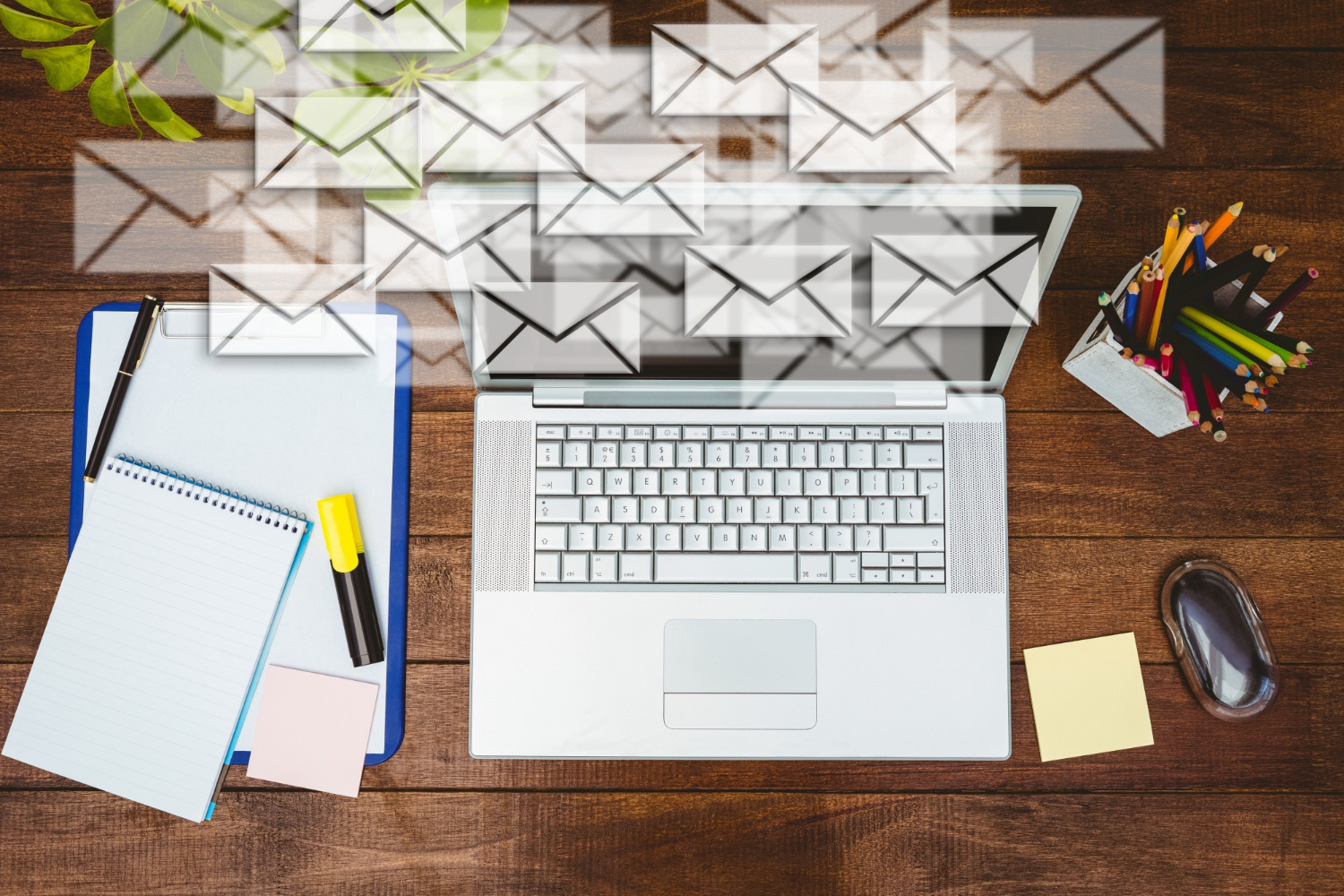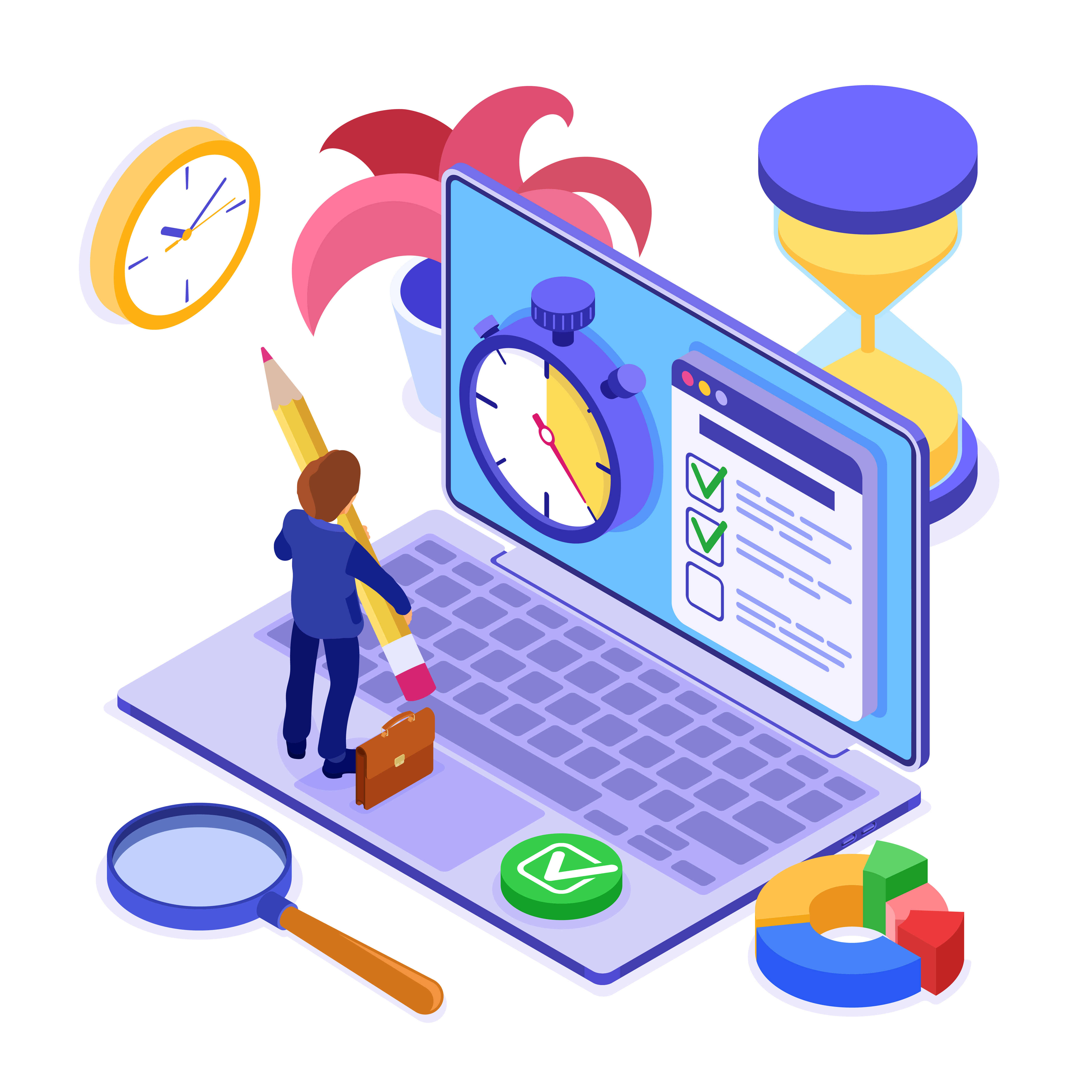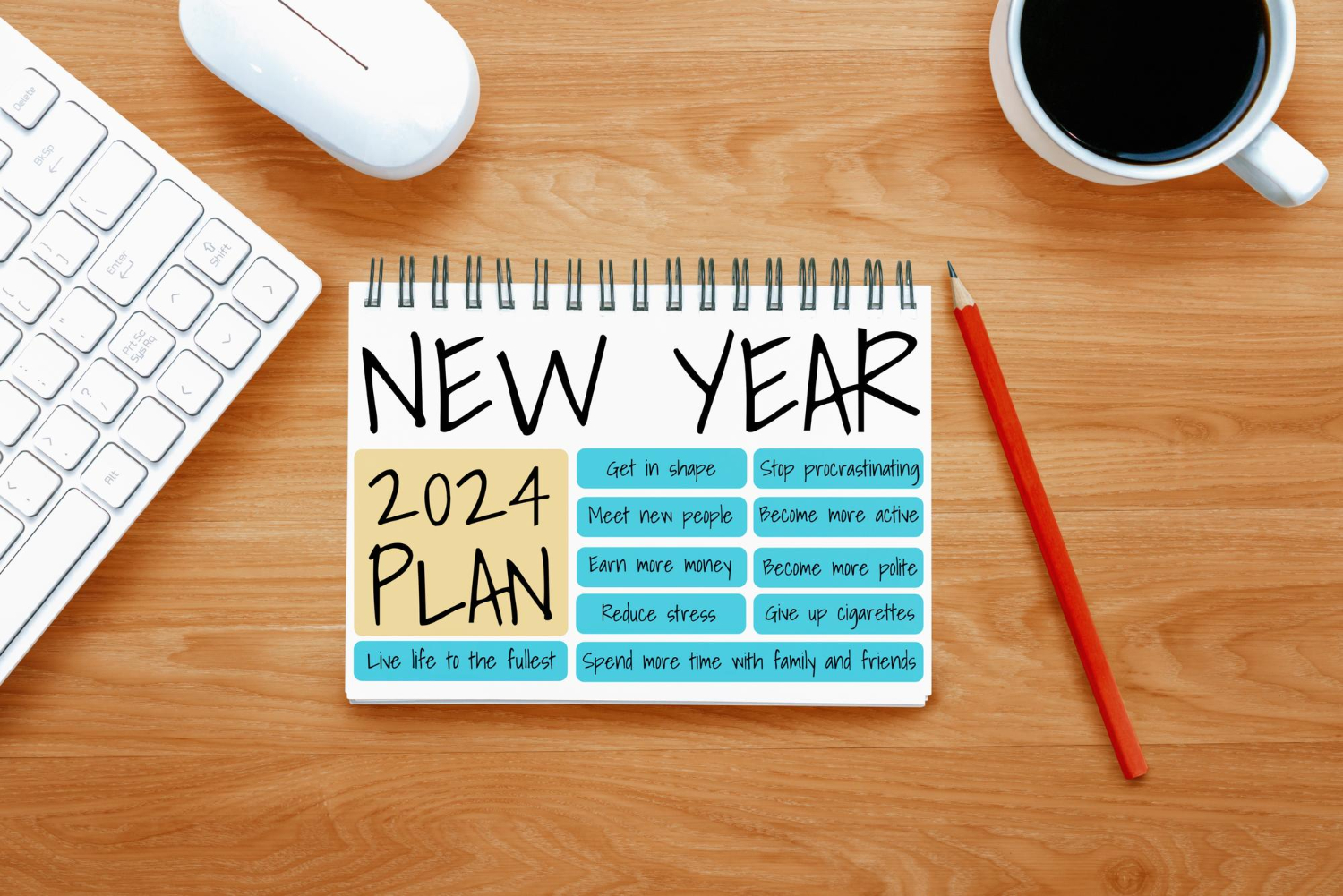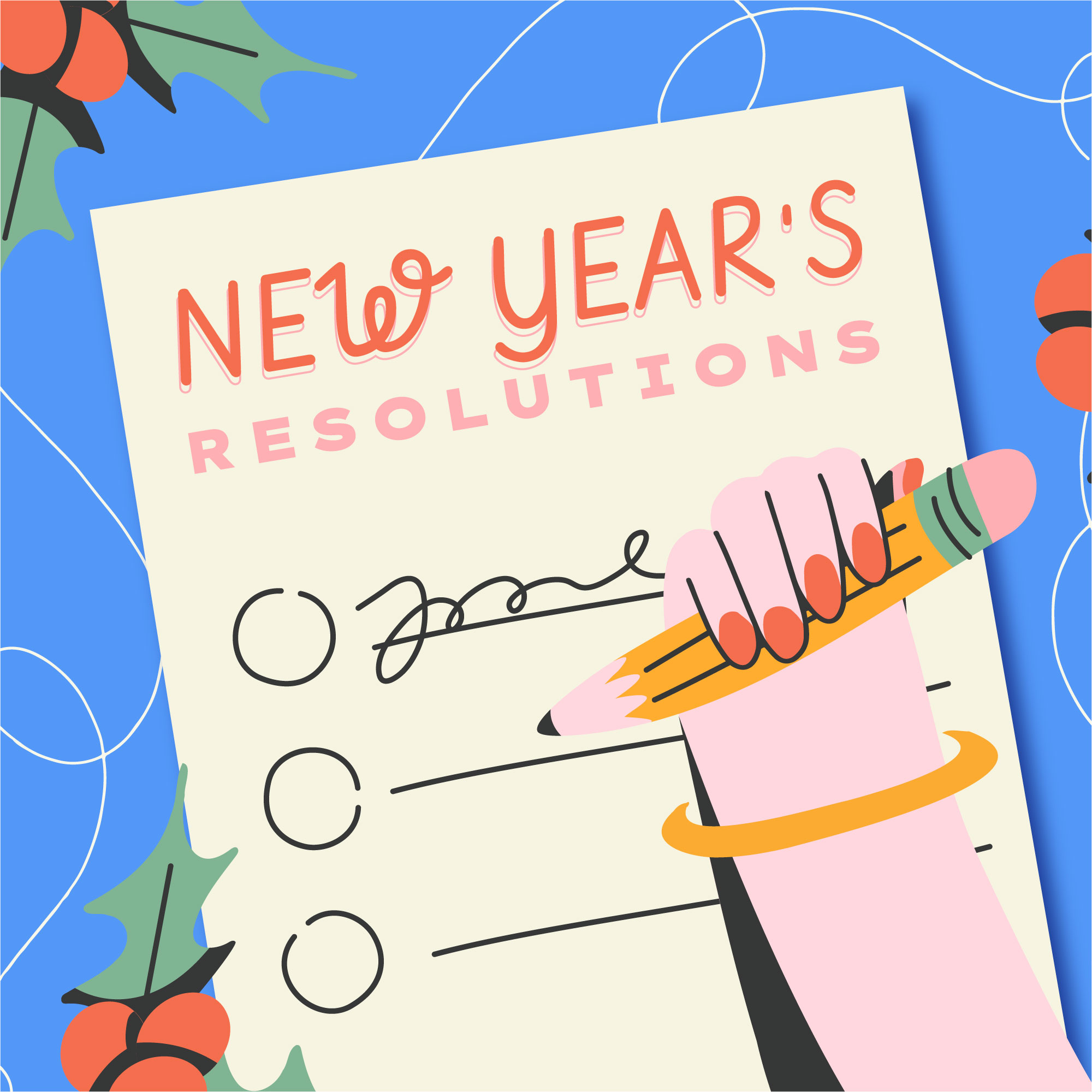The New Year holiday is a time for celebration, relaxation, and reflection. As the festivities wind down, it's time to shift gears and refocus on work. Getting back into the swing of things can be challenging, but with the right approach, you can set yourself up for a productive and successful year ahead. Here are 20 tips to help you seamlessly transition back to work after the New Year holiday.
1. Plan Ahead
Before the holiday break ends, take some time to outline your priorities and set goals for the upcoming weeks. Having a clear plan will make your return to work smoother.
In addition to outlining your priorities, consider scheduling a brief meeting with your team to discuss upcoming projects and deadlines. This collaborative approach ensures everyone is on the same page and facilitates a smoother transition back into the work routine.
2. Ease into the Routine
Gradually adjust your bedtime and waking hours, allowing your body to adapt naturally. Use this time to engage in activities that promote relaxation, such as reading or practicing mindfulness, helping you ease back into the work mindset with a refreshed outlook.
3. Tidy Up Your Workspace
A clean and organized workspace can significantly impact your productivity. Take a few minutes to declutter and organize your desk before diving into tasks.
Beyond decluttering, personalize your workspace with items that inspire and motivate you. A well-curated workspace can positively impact your mood and creativity, fostering a more enjoyable and productive work environment.
4. Review and Reflect
Reflect on the past year's accomplishments and challenges. Use this reflection to set realistic goals and objectives for the coming year. As you reflect on the past year, take note of specific lessons learned and consider how they can inform your goals for the coming year. Integrating these insights will contribute to personal and professional growth.
5. Prioritize Tasks
Identify the most important tasks that need your attention first. Tackling high-priority items will help you regain momentum quickly. This approach not only makes your to-do list more digestible but also provides a sense of accomplishment as you tick off completed items.
6. Set Realistic Expectations
Be realistic about what you can accomplish in the first few days back. Create a timeline for your tasks, allowing for realistic deadlines. This approach ensures you allocate sufficient time to each task, preventing the feeling of being overwhelmed and increasing the likelihood of success.
7. Check Emails Strategically
Start by scanning your emails for urgent matters. Respond to critical emails first and then gradually catch up on the rest. Set specific times to check and respond to emails rather than continuously throughout the day. This proactive approach helps you maintain control over your schedule and focus on priority tasks without constant interruptions.

8. Stay Hydrated
Dehydration can affect your concentration and energy levels. Ensure you stay hydrated throughout the day to maintain peak performance.

9. Take Short Breaks
Incorporate short breaks into your schedule to avoid burnout. Stretch, take a walk, or practice deep breathing to refresh your mind. Meanwhile, use short breaks as an opportunity to connect with coworkers. Whether it's a quick chat by the coffee machine or a virtual check-in, social interactions can re-energize you and foster a sense of camaraderie.
10. Use Time Management Tools
Leverage time management tools and apps to stay organized and on track. Set reminders, create to-do lists, and use calendars to manage your schedule effectively. Experiment with different time management tools to identify the ones that suit your working style best. Whether it's a traditional planner, a task management app, or a combination of both, finding the right tools can significantly enhance your organizational skills.

11. Connect with Colleagues
Reconnect with your coworkers and share holiday experiences. Consider organizing a team-building activity or a casual lunch to reconnect with colleagues. Strengthening interpersonal relationships fosters a positive work culture and creates a supportive environment for the entire team.
12. Update Your Calendar
Ensure your calendar is up to date with meetings, deadlines, and important events. This will help you stay on top of your responsibilities.
Share your calendar with team members to enhance collaboration and keep everyone informed about your availability. This transparency facilitates smoother coordination and reduces the risk of scheduling conflicts.

13. Embrace a Positive Mindset
Kickstart the new year with gratitude practice, taking a moment each day to reflect on positive aspects of your work and personal life. This habit can cultivate resilience and a positive outlook, contributing to overall well-being.
14. Utilize Productivity Techniques
Explore productivity techniques such as the Pomodoro Technique or the Eisenhower Matrix to enhance your efficiency. Whether it's batching similar tasks together or utilizing the two-minute rule, adopting these techniques can optimize your workflow.
15. Learn from Last Year’s Mistakes
Schedule a self-assessment session to identify areas for improvement based on past experiences. Create actionable plans to address these areas, turning past mistakes into valuable opportunities for growth. Continuous improvement is key to success.
16. Incorporate Healthy Habits
Set specific health goals for the year, such as incorporating regular exercise into your routine or exploring healthier lunch options. Small, sustainable changes can have a significant impact on your overall well-being.
17. Set Short-Term Goals
Create a visual representation of your short-term goals, such as a vision board or a progress chart. Having a tangible reminder of your achievements can serve as a powerful motivator. Break down your long-term goals into smaller, more manageable tasks. Achieving these smaller goals will give you a sense of accomplishment.
18. Stay Flexible
Be open to adjusting your plans if unexpected challenges arise. Flexibility is a valuable skill in a dynamic work environment. A flexible mindset allows you to adapt quickly, turning unforeseen obstacles into opportunities for creative problem-solving.
19. Embrace Continuous Learning
Start the new year with a commitment to ongoing learning and skill development. Explore relevant workshops, webinars, or training programs that align with your professional goals. Investing time in expanding your knowledge base will not only enhance your capabilities but also keep you motivated and engaged in your work.
Expanding on the importance of continuous learning, staying abreast of industry trends and advancements is crucial in today's rapidly evolving work landscape. Consider subscribing to industry newsletters, following thought leaders on social media, and joining professional groups to stay informed. This not only enhances your professional knowledge but also positions you as a valuable asset within your organization.
19. Cultivate a Healthy Work-Life Balance
As you re-enter the work environment, make a conscious effort to maintain a healthy work-life balance. Set boundaries for your work hours and create dedicated time for personal activities and relaxation. A balanced lifestyle contributes to increased job satisfaction and overall well-being, fostering a positive and sustainable work routine.
Additionally, cultivating a healthy work-life balance is paramount for long-term success. In the pursuit of career goals, it's easy to overlook personal well-being. Prioritize self-care by incorporating activities that bring joy and relaxation into your routine. Whether it's spending time with loved ones, pursuing hobbies, or simply enjoying moments of solitude, a well-rounded life contributes to increased resilience and effectiveness in the professional realm.
Conclusion
Returning to work after the New Year holiday doesn’t have to be a daunting task. By implementing these 20 tips, you can ease the transition, boost your productivity, and set the stage for a successful and fulfilling year ahead. Remember, a positive mindset, strategic planning, and healthy habits are the keys to a smooth reintegration into the work routine.







